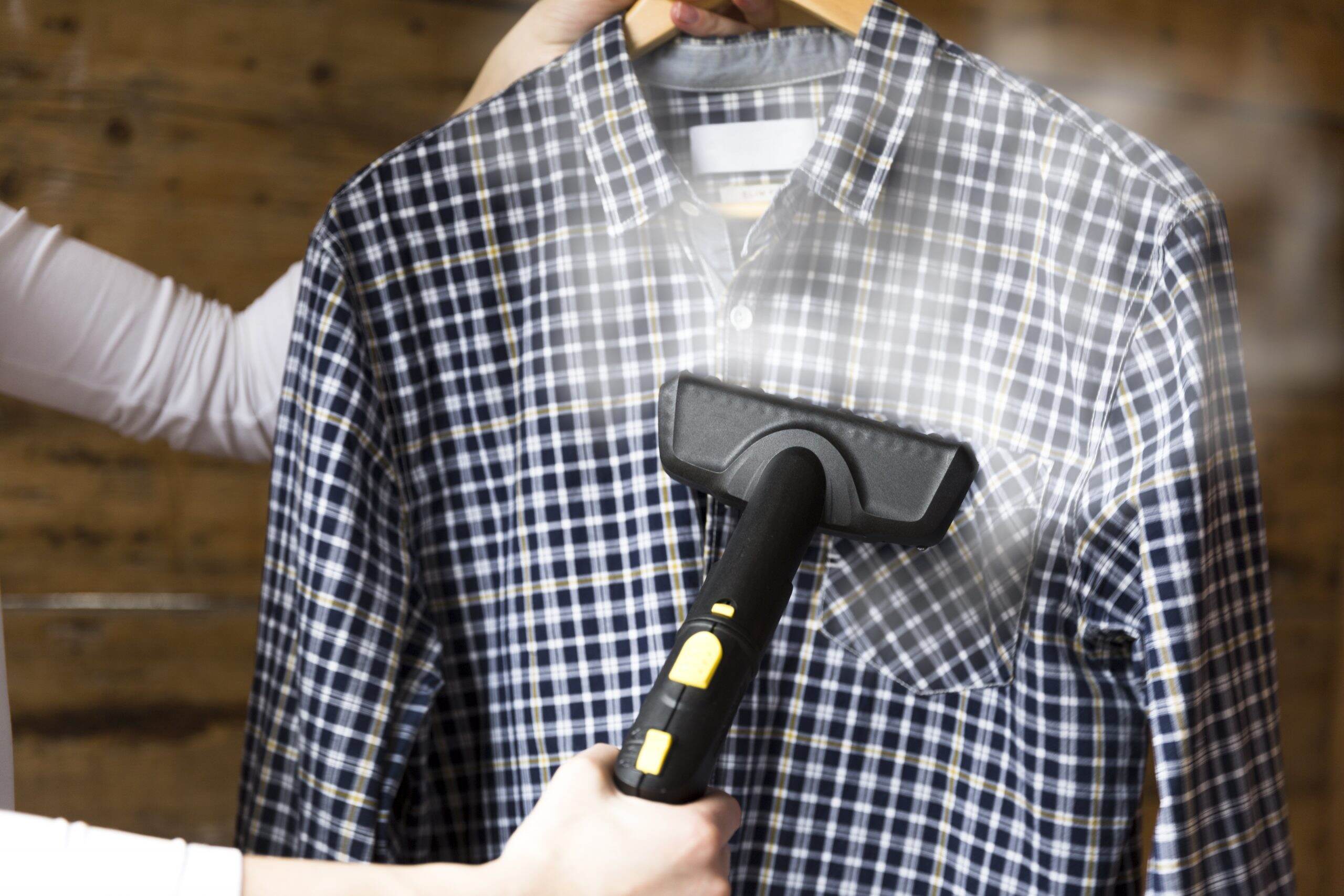

Articles
How Hot Does A Clothes Steamer Get
Modified: March 25, 2024
Discover how hot a clothes steamer can get in our informative articles. Find out the temperature range and benefits of using this handy device.
(Many of the links in this article redirect to a specific reviewed product. Your purchase of these products through affiliate links helps to generate commission for Storables.com, at no extra cost. Learn more)
Introduction
Welcome to the world of clothes steamers! If you’re tired of dealing with stubborn wrinkles and creases on your garments, then a clothes steamer might just be your new best friend. Clothes steamers have become increasingly popular in recent years due to their ease of use and effectiveness in removing wrinkles from a variety of fabrics. In this article, we will explore the fascinating world of clothes steamers, including how they work, their maximum temperature, and the benefits of using them.
Whether you’re a fashion enthusiast, a busy professional, or someone who simply wants to maintain a well-pressed appearance, clothes steamers offer a convenient and efficient solution for releasing wrinkles and refreshing your clothes. Gone are the days of struggling with traditional irons and ironing boards. With a clothes steamer, you can effortlessly achieve that crisp and polished look without the hassle.
In the following sections, we will delve into the inner workings of clothes steamers to uncover how they operate and how they can help you achieve wrinkle-free clothing. We will also address the concerns surrounding the maximum temperature of clothes steamers and safety considerations. Finally, we will highlight the numerous benefits of incorporating a clothes steamer into your daily routine.
So, sit back, relax, and prepare to uncover the secrets of clothes steamers. By the end of this article, you’ll be well-equipped with the knowledge to confidently tackle even the toughest wrinkles and enjoy the convenience and efficiency that clothes steamers bring to your life.
Key Takeaways:
- Say goodbye to stubborn wrinkles and enjoy the convenience of effortlessly achieving a polished and well-pressed appearance with the innovative and versatile clothes steamer.
- Embrace the ease and effectiveness of clothes steamers, from quick wrinkle removal to versatility in steaming different fabrics and items, making garment care a breeze.
Read more: How Hot Does The Bissell PowerSteamer Get
Understanding Clothes Steamers
Clothes steamers, also known as garment steamers or fabric steamers, are innovative devices designed to remove wrinkles and freshen up clothing items without the need for an iron or ironing board. They work by using steam to relax the fibers in the fabric, allowing them to easily straighten out and remove any unsightly creases. Clothes steamers are not only used for clothing but can also be used on a variety of other fabrics, including curtains, upholstery, and bedding.
Unlike traditional irons, clothes steamers do not make direct contact with the fabric. Instead, they emit a continuous flow of hot steam that gently penetrates the fibers. This makes clothes steamers a safer and more versatile option, especially when dealing with delicate or hard-to-iron materials.
Clothes steamers come in various shapes and sizes, but they typically consist of a water reservoir, a heating element, and a nozzle or steam head. The water reservoir holds the water that is converted into steam, while the heating element heats the water to generate the steam. The steam head is the part of the steamer that releases the steam onto the fabric.
These devices are typically lightweight and portable, making them ideal for travel or quick touch-ups. With their versatility and ease of use, clothes steamers have become a popular choice for individuals who value convenience and efficiency in their daily routines.
Next, we will take a closer look at how clothes steamers work and the role of the heating element in generating the necessary steam for wrinkle removal.
How Clothes Steamers Work
Clothes steamers operate on a simple principle: the power of steam. The main goal of a clothes steamer is to produce a continuous flow of hot steam that can effectively relax the fibers of the fabric, making them easier to straighten and remove wrinkles.
The process begins with the water reservoir, which is filled with tap water. Some steamers may have additional features, such as a removable tank or a built-in water filter, that enhance the quality of the steam.
Once the reservoir is filled, the clothes steamer’s heating element kicks into action. The heating element warms up the water and converts it into steam. As the water reaches its boiling point, steam is generated and pressured through the system.
The steam is then directed towards the fabric through a nozzle or steam head. The steam head is designed to disperse the steam evenly, covering a larger surface area and allowing for efficient wrinkle removal. It is important to hold the steamer a short distance away from the fabric to prevent water droplets from forming on the garment.
As the hot steam envelops the fabric, it begins to relax the fibers. This makes it easier to smooth out any wrinkles or creases with gentle movements of the steamer across the fabric. The steam not only helps in removing wrinkles but also freshens up the clothing, reducing odors and leaving them looking and smelling clean.
It is important to note that clothes steamers work best on fabrics that are not heavily soiled or stained. For tougher stains, it is recommended to pretreat the area before steaming or opt for traditional cleaning methods, such as washing or dry cleaning.
Now that we’ve explored how clothes steamers work, let’s delve into the specific role of the heating element in generating the necessary heat for wrinkle removal.
The Heating Element in Clothes Steamers
The heating element of a clothes steamer is a crucial component that plays a vital role in generating the necessary heat to produce steam. The heating element is responsible for heating the water in the reservoir, causing it to reach boiling point and convert into steam.
Most clothes steamers utilize a heating element made of a durable and efficient material, such as stainless steel or aluminum. These materials have excellent heat conductivity, allowing for quick and even heating of the water.
The heating element is typically located at the base of the clothes steamer, close to the water reservoir. When the steamer is turned on, an electric current is passed through the heating element. This current generates heat, which is transferred to the water in the reservoir.
As the water starts to heat up, its temperature gradually rises until it reaches its boiling point, which is approximately 212°F (100°C). At this point, the water begins to convert into steam. The steam is then channeled from the heating chamber to the steam head or nozzle, ready to be directed onto the fabric.
It is important to note that clothes steamers are designed to maintain a consistent temperature throughout the steaming process. This ensures that an adequate amount of steam is produced and that the steam remains at the desired temperature to effectively remove wrinkles from the fabric.
Several factors contribute to the efficiency of the heating element, including the wattage of the steamer. Higher-wattage steamers generally heat up faster and produce steam more quickly. However, it is essential to follow the manufacturer’s instructions and guidelines regarding usage and safety precautions to avoid any mishaps or damage to the heating element.
Now that we understand the role of the heating element in generating steam let’s explore the maximum temperature that clothes steamers can reach.
Maximum Temperature of Clothes Steamers
The maximum temperature that clothes steamers can reach varies depending on the model and manufacturer. On average, clothes steamers can reach temperatures between 200°F (93°C) to 300°F (149°C). However, it is important to note that steamers are designed to operate at a lower temperature than traditional irons, as the focus is on steaming rather than ironing.
The lower temperature range of clothes steamers is intentional to ensure the safety of both the user and the fabrics being steamed. While the steam is hot enough to relax the fibers and remove wrinkles, it is not so hot that it can damage or scorch delicate fabrics. This makes clothes steamers suitable for a wide range of materials, including silk, chiffon, and synthetic blends.
It is worth mentioning that the temperature of the steam depends on various factors, including the wattage and design of the clothes steamer, as well as the steam settings selected by the user. Some clothes steamers may have adjustable steam settings that allow users to customize the temperature to suit different fabric types.
When using a clothes steamer, it is important to follow the manufacturer’s instructions and guidelines to avoid any potential damage to the fabric or the steamer itself. It is recommended to test the steamer on a small, inconspicuous area of the fabric before steaming the entire garment, especially if you are working with a delicate or sensitive material.
Additionally, it is crucial to use caution when steaming certain fabrics that are more sensitive to heat, such as leather or vinyl. These materials may not be suitable for steamers, as the high temperatures could potentially damage or warp them. Always refer to the fabric care label or consult with the manufacturer for specific recommendations on steaming these types of materials.
Now that we have explored the maximum temperature ranges of clothes steamers and the factors affecting it, let’s delve into the safety considerations when using these devices.
When using a clothes steamer, always check the maximum temperature it can reach to avoid damaging delicate fabrics. Most clothes steamers can reach temperatures between 212°F to 248°F (100°C to 120°C).
Read more: How Hot Does A Chimney Get
Factors Affecting the Temperature of Clothes Steamers
The temperature of clothes steamers can be influenced by several factors. It is important to be aware of these factors to ensure effective and safe steaming of your garments. Let’s explore some of the key factors that can affect the temperature of clothes steamers:
1. Wattage: The wattage rating of a clothes steamer can have a significant impact on its temperature. Higher-wattage steamers tend to heat up faster and reach higher temperatures. However, it is important to follow the manufacturer’s guidelines and recommendations regarding the appropriate wattage for specific fabrics to prevent any heat-related damage.
2. Water Capacity: The amount of water present in the reservoir can affect the temperature and duration of the steam produced. A larger water capacity can result in a longer steaming time but may not necessarily increase the temperature. It is essential to ensure that the water reservoir is adequately filled according to the manufacturer’s instructions.
3. Steam Settings: Some clothes steamers come with adjustable steam settings that allow users to control the temperature of the steam. These settings can range from low to high, giving users the flexibility to adjust the temperature based on the fabric being steamed. It is important to select the appropriate setting to avoid overheating delicate fabrics or not generating enough steam to effectively remove wrinkles.
4. Airflow: The airflow of the steamer can affect the temperature and distribution of the steam. A steady and consistent airflow ensures a more even distribution of heat, resulting in efficient and effective steaming. It is important to use the steamer in a way that allows for proper airflow and avoids obstruction of the steam output.
5. Ambient Temperature: The temperature of the surrounding environment can impact the overall effectiveness of the clothes steamer. Utilizing a steamer in a room with high humidity or temperature can affect the ability of the steam to penetrate and relax the fabric. It is ideal to use the steamer in a well-ventilated area and avoid excessively humid or hot surroundings.
By considering these factors, you can better utilize your clothes steamer and maximize its effectiveness while ensuring the safety of your fabrics. Now that we understand the factors influencing the temperature of clothes steamers, let’s move on to discussing the safety considerations associated with their use.
Safety Considerations
While clothes steamers are generally safe to use, it is important to keep in mind a few safety considerations to ensure a trouble-free steaming experience. By taking the necessary precautions, you can minimize the risk of accidents and maintain the longevity of your clothes steamer. Here are some key safety considerations to keep in mind:
1. Read the User Manual: Before using a clothes steamer, take the time to thoroughly read the user manual provided by the manufacturer. Familiarize yourself with the steamer’s features, safety instructions, and any specific guidelines for its use. Follow the recommended practices to avoid any potential issues.
2. Water Filling: Always fill the water reservoir of the clothes steamer according to the manufacturer’s instructions. Overfilling or underfilling the reservoir can affect the steamer’s performance and potentially lead to malfunction or damage. Use clean, filtered water to prevent mineral buildup that could clog the steamer.
3. Heat Protection: Clothes steamers generate hot steam, so it is essential to protect yourself from accidental burns. Avoid direct contact with the steam, and keep your hands and body at a safe distance from the steam head or nozzle. Use a protective glove or cloth when handling the steamer, especially during prolonged steaming sessions.
4. Steaming Technique: Follow proper steaming techniques to prevent steam burns or fabric damage. Keep the steamer moving continuously to avoid focusing the steam on one spot for too long. Steam in a downward motion to prevent water droplets from forming on the fabric, as this can potentially leave marks or cause water damage.
5. Fabric Suitability: While clothes steamers are versatile, not all fabrics are suitable for steaming. Avoid using a steamer on fabrics that are heat-sensitive, such as leather, suede, or certain synthetics. Always check the fabric care label or consult the manufacturer’s recommendations to determine if a specific fabric can be safely steamed.
6. Electrical Safety: Ensure that the power cord and plug of the clothes steamer are in good condition and free from any damage. Do not use the steamer if the cord is frayed or the plug is loose. When not in use, unplug the steamer from the power source and store it in a safe location away from moisture or heat sources.
7. Steamer Maintenance: Regularly clean and maintain your clothes steamer according to the manufacturer’s instructions. This includes descaling the steamer to remove mineral deposits and emptying the water reservoir after each use. Proper maintenance helps ensure the longevity and optimal performance of the steamer.
By adhering to these safety considerations, you can enjoy the benefits of a clothes steamer while minimizing the risks associated with its use. Next, let’s explore the numerous benefits of incorporating a clothes steamer into your routine.
Benefits of Using Clothes Steamers
Clothes steamers offer numerous advantages over traditional irons, making them a popular choice for individuals looking for an efficient and convenient way to maintain their clothing. Let’s explore some of the key benefits of using clothes steamers:
1. Wrinkle Removal: One of the primary benefits of clothes steamers is their effectiveness in removing wrinkles from clothing. The hot steam relaxes the fabric fibers, allowing wrinkles and creases to smooth out effortlessly. This eliminates the need for tedious ironing and reduces the risk of accidentally damaging delicate fabrics.
2. Versatility: Clothes steamers are not limited to just clothing. They can also be used on a variety of other items, such as curtains, upholstery, bedding, and tablecloths. This versatility makes them a valuable tool for maintaining a fresh and wrinkle-free appearance throughout your home.
3. Time-Saving: Steaming clothes is typically faster than ironing, especially when dealing with large garments or intricate designs. The continuous flow of steam allows for quicker and more efficient wrinkle removal, allowing you to spend less time on the task and more time on other activities.
4. Convenience: Clothes steamers are incredibly convenient to use, especially for individuals on the go. Unlike traditional irons and ironing boards, steamers are lightweight, portable, and easy to maneuver. They can be easily stored and quickly set up whenever needed, making them ideal for travel or last-minute touch-ups.
5. Gentle on Fabrics: Clothes steamers are gentle on fabrics, making them suitable for a wide range of materials. Unlike irons, which can sometimes cause shine or burn marks on delicate fabrics, steamers use the power of steam to remove wrinkles without direct contact. This makes them safe to use on silk, chiffon, velvet, and other delicate materials.
6. Odor Removal: In addition to removing wrinkles, clothes steamers also freshen up clothing by reducing odors. The hot steam can help eliminate trapped smells from fabrics, leaving them smelling clean and refreshed.
7. Sanitizing Effect: Steam has the added benefit of sanitizing fabrics by killing bacteria and dust mites. This makes clothes steamers an excellent option for individuals with sensitive skin or allergies, as it helps minimize potential irritants on clothing and other textiles.
8. Energy Efficiency: Clothes steamers tend to be more energy-efficient than traditional irons, as they require less time to heat up and complete the steaming process. This can translate into cost savings on your energy bills over time.
By utilizing a clothes steamer, you can enjoy the convenience, efficiency, and versatility it offers, helping you maintain wrinkle-free clothing and a polished appearance effortlessly.
With a comprehensive understanding of clothes steamers and their benefits, you are now equipped to confidently incorporate this innovative device into your daily routine. Say goodbye to stubborn wrinkles and enjoy the convenience of steaming your way to perfectly pressed clothes!
Conclusion
Clothes steamers have revolutionized the way we approach garment care, providing a convenient and effective solution for removing wrinkles and refreshing clothing and fabrics. With their ability to generate hot steam, clothes steamers offer a safe and versatile alternative to traditional irons.
In this article, we have explored various aspects of clothes steamers, from their functionality and the role of the heating element in generating steam to the maximum temperature they can reach. We have also discussed the factors that can affect the temperature, safety considerations, and the benefits of incorporating clothes steamers into your routine.
By understanding how clothes steamers work, you can confidently navigate the world of steaming and take advantage of the numerous benefits they offer. From quick wrinkle removal to versatility in steaming different fabrics and items, clothes steamers save time and effort, allowing you to maintain a polished and well-pressed appearance.
Remember to follow the manufacturer’s instructions and guidelines to ensure the safe and proper use of your clothes steamer. Prioritize safety by taking precautions to protect yourself from steam burns and by using the steamer on suitable fabrics.
With their convenience and efficiency, clothes steamers have become indispensable tools for individuals who value wrinkle-free clothing and a fresh appearance. Whether you’re a busy professional, a frequent traveler, or someone who simply wants to simplify their garment care routine, a clothes steamer can be a game-changer.
So, say goodbye to the struggle of ironing and embrace the ease and effectiveness of clothes steamers. From your clothes to your curtains and upholstery, a clothes steamer will help you achieve a polished look with minimal effort.
Now that you have a comprehensive understanding of clothes steamers and their benefits, it’s time to unleash the power of steam and enjoy the convenience and efficiency it brings to your life.
Frequently Asked Questions about How Hot Does A Clothes Steamer Get
Was this page helpful?
At Storables.com, we guarantee accurate and reliable information. Our content, validated by Expert Board Contributors, is crafted following stringent Editorial Policies. We're committed to providing you with well-researched, expert-backed insights for all your informational needs.
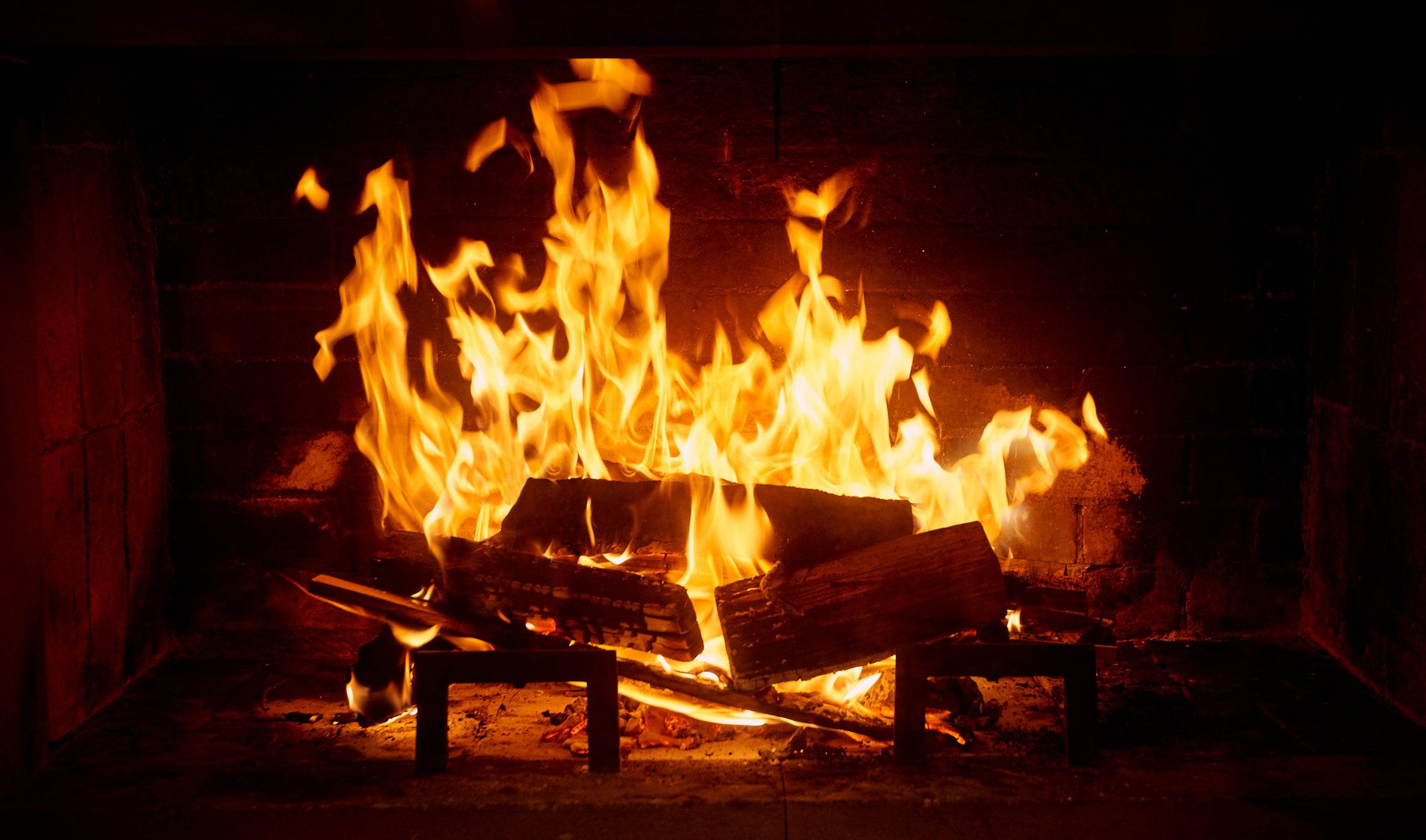
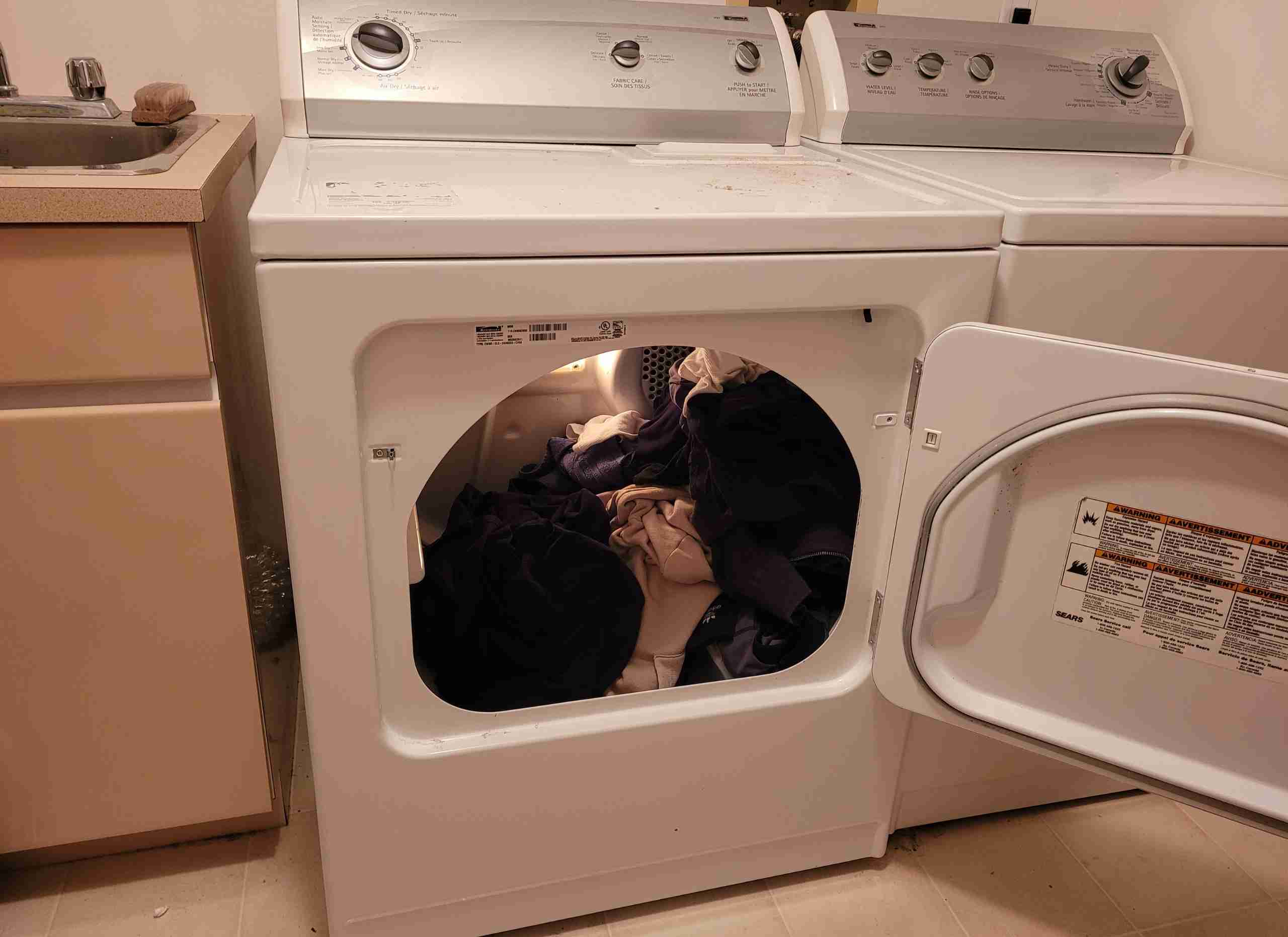
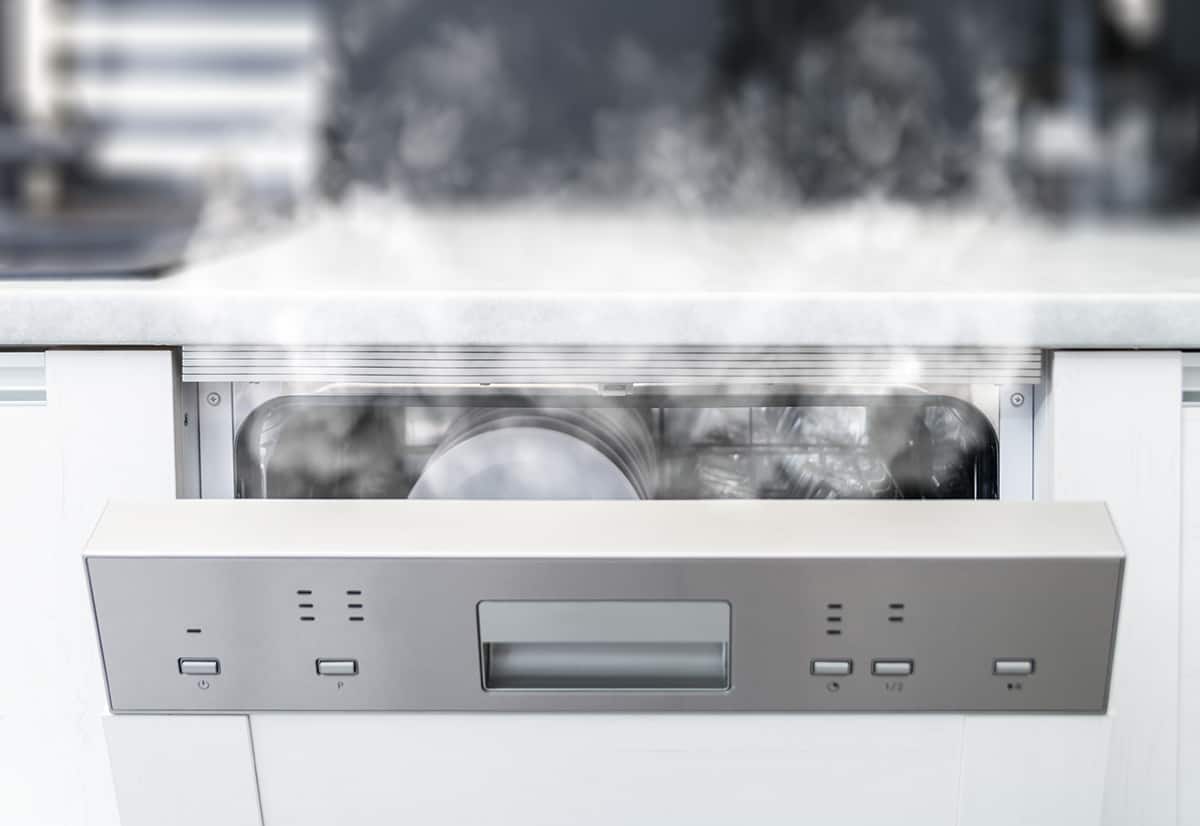

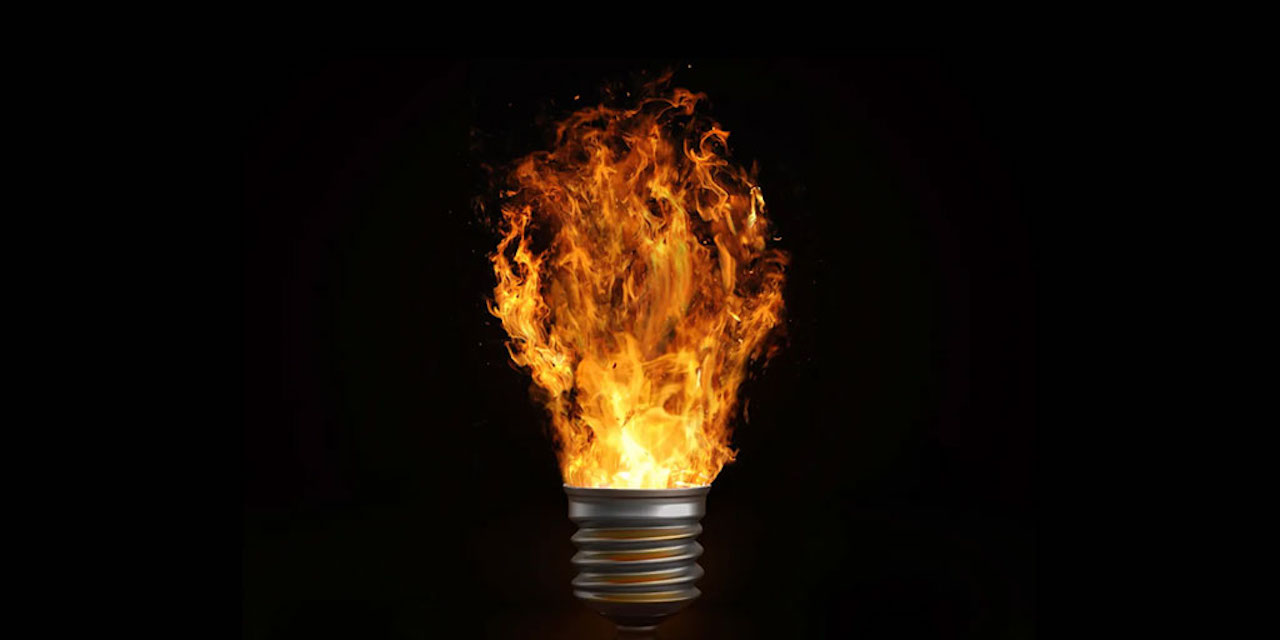

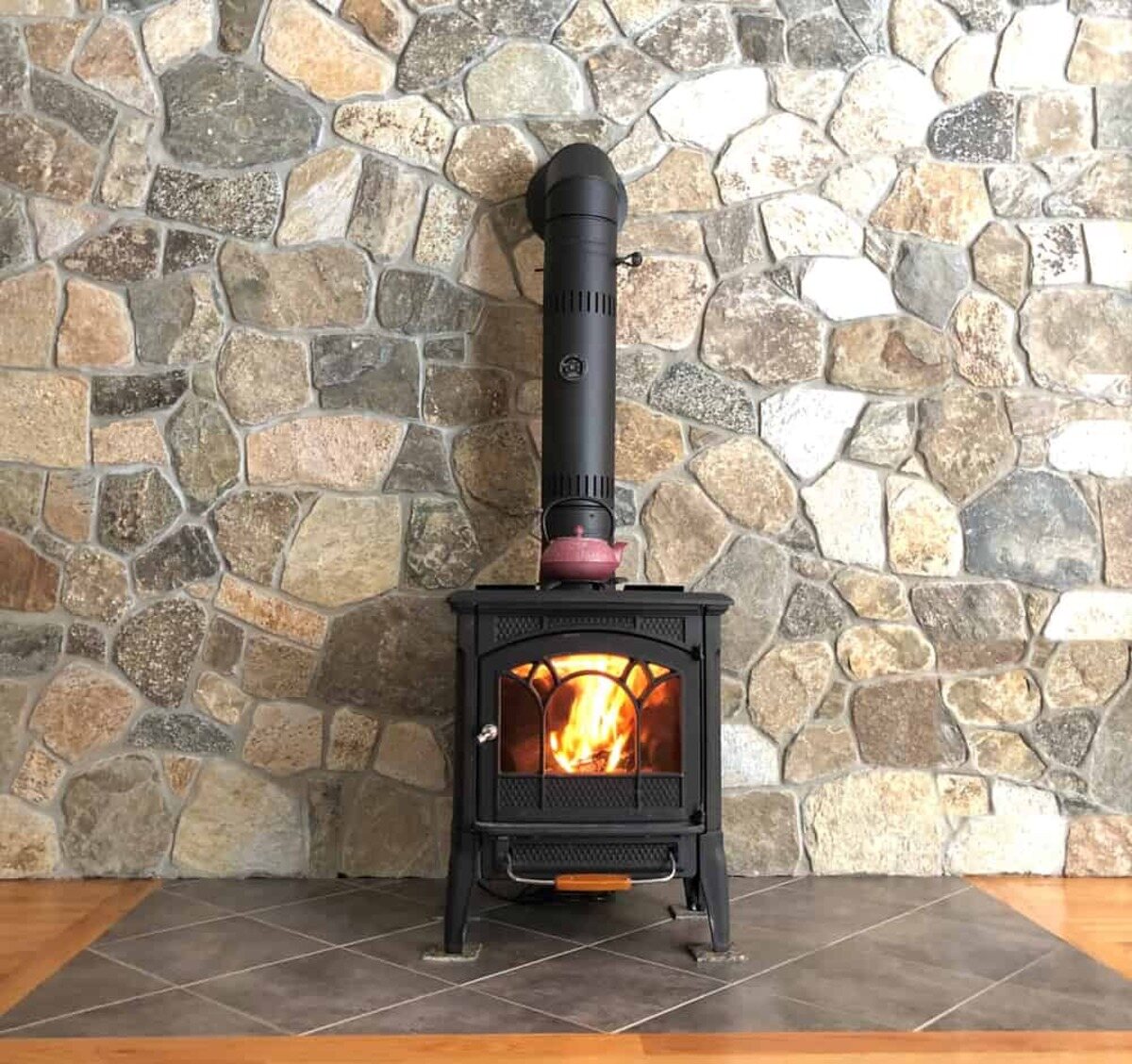

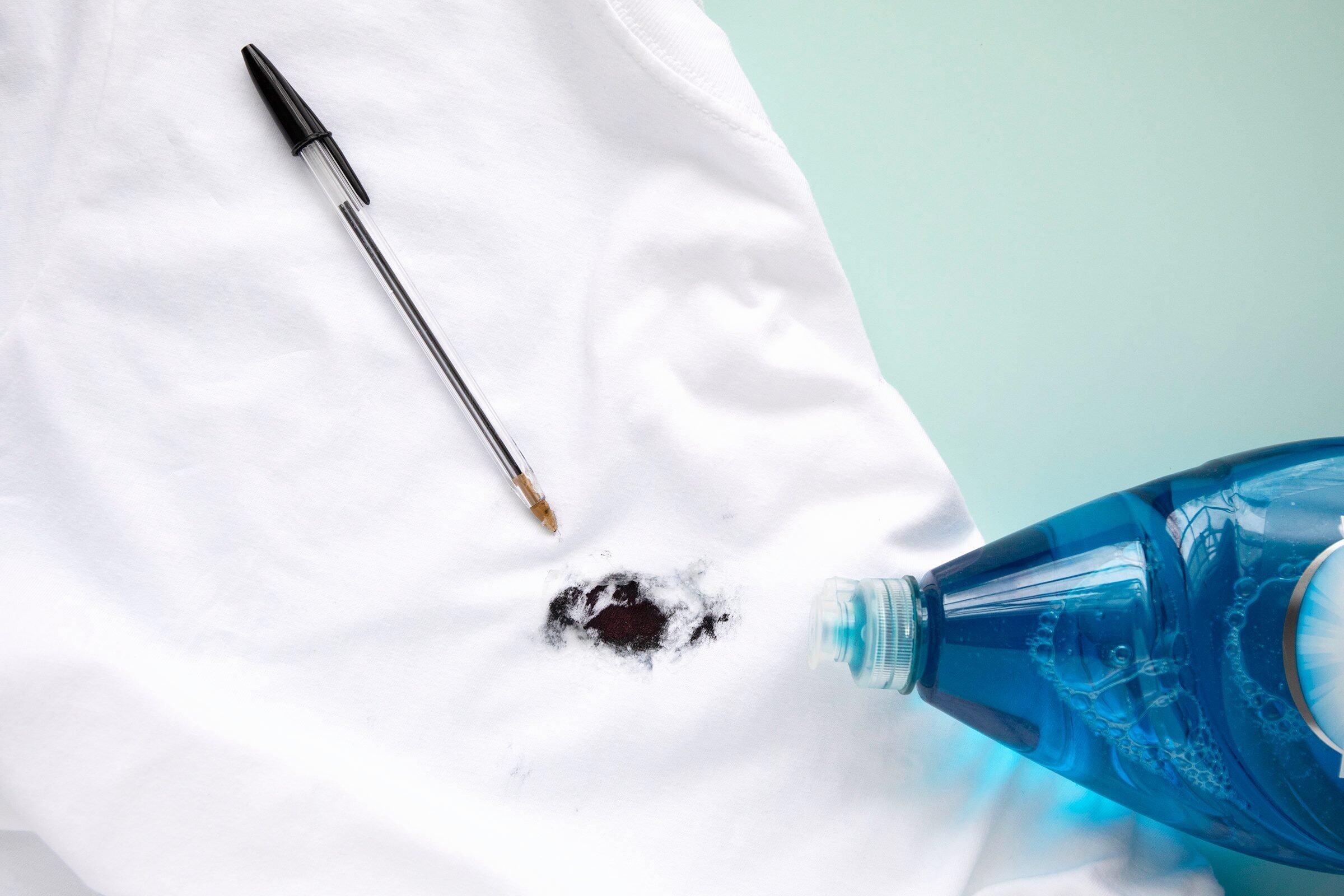
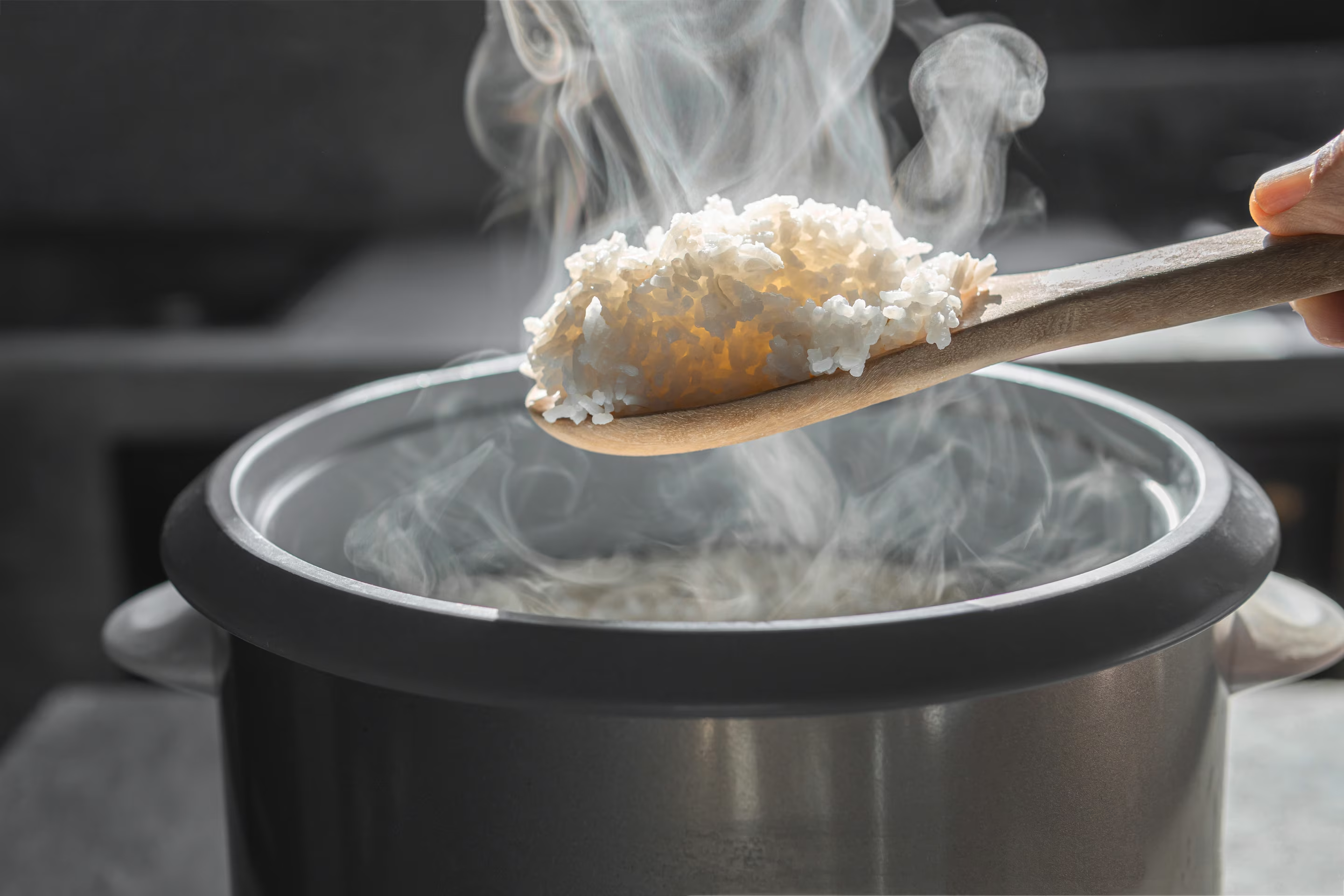
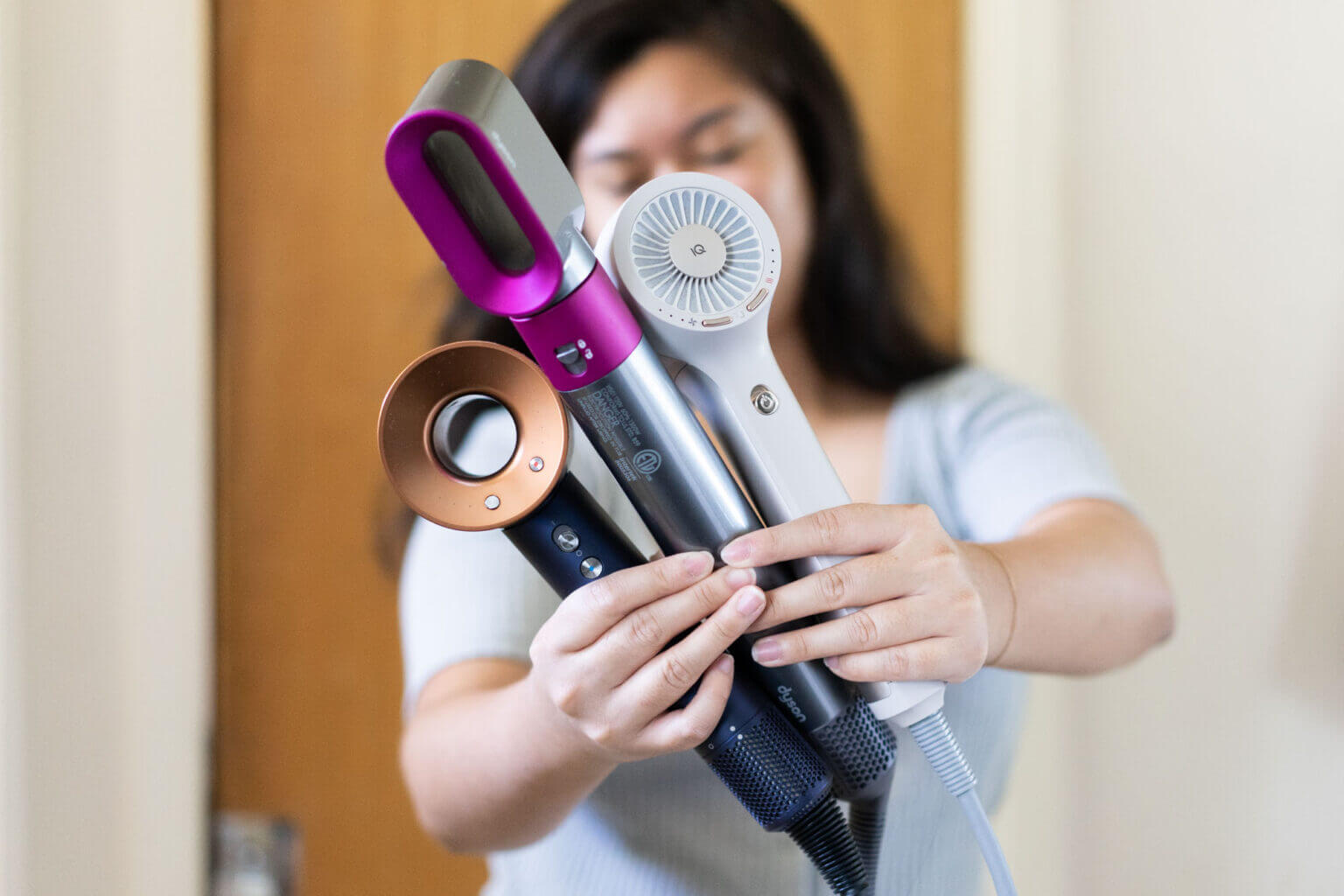
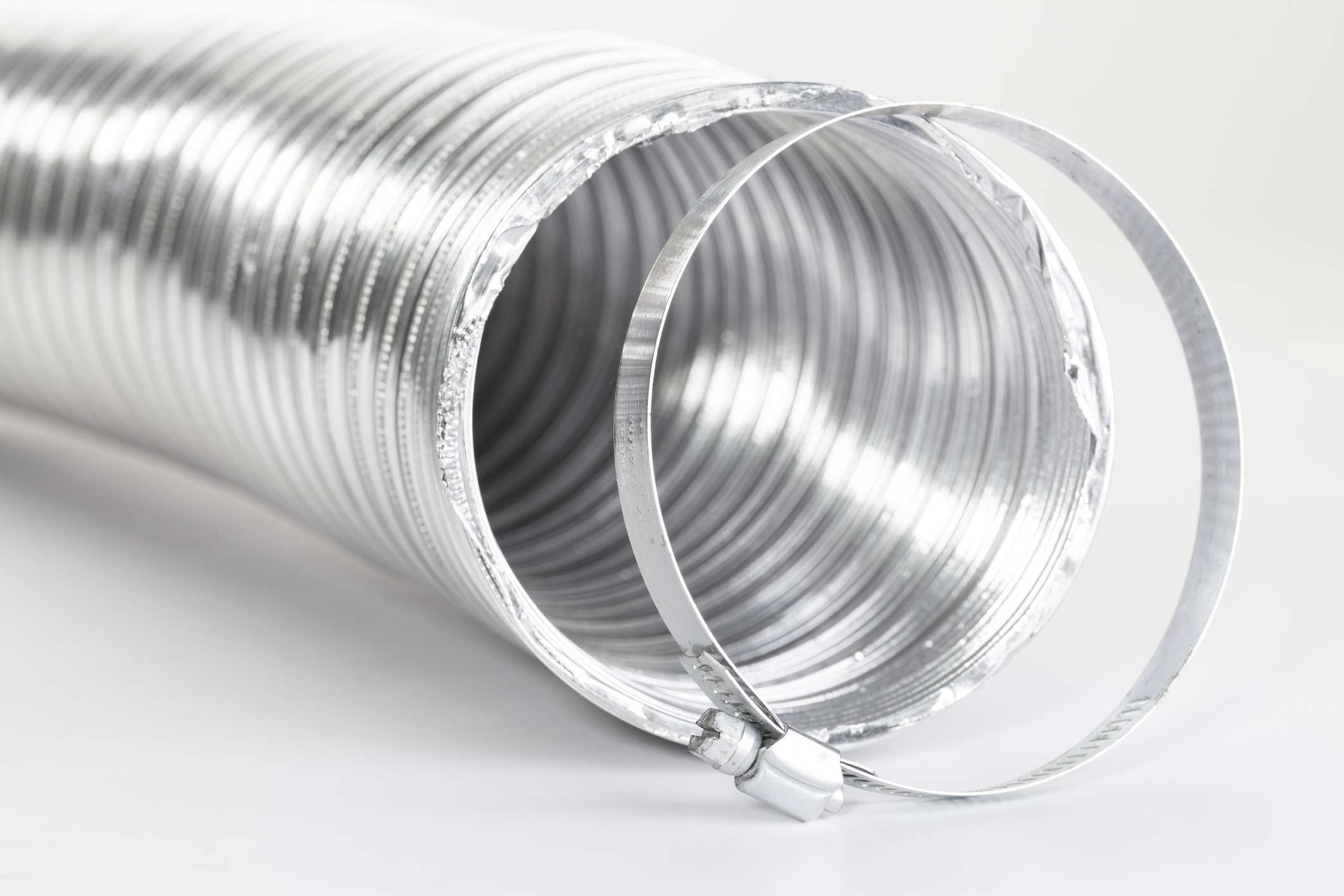
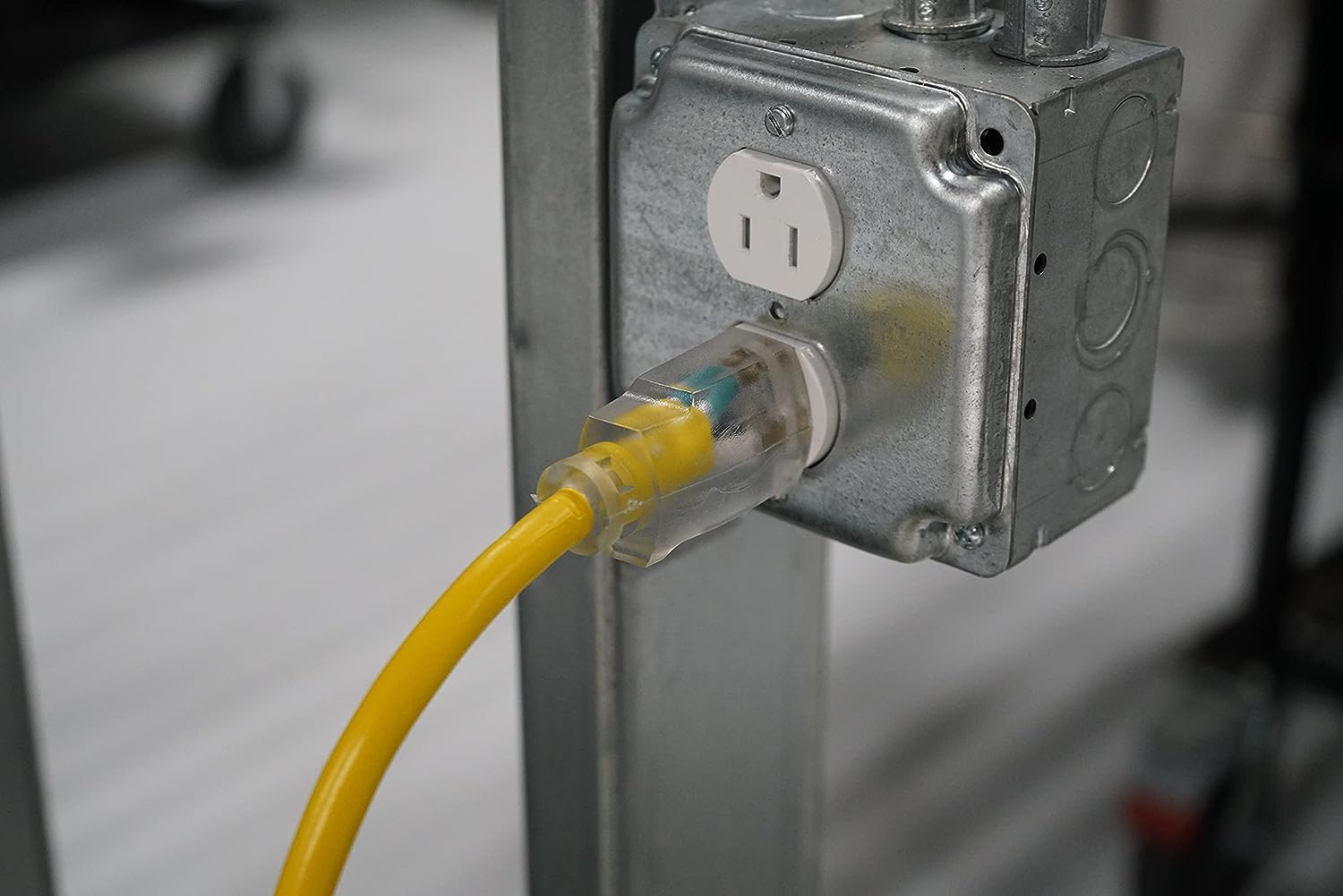
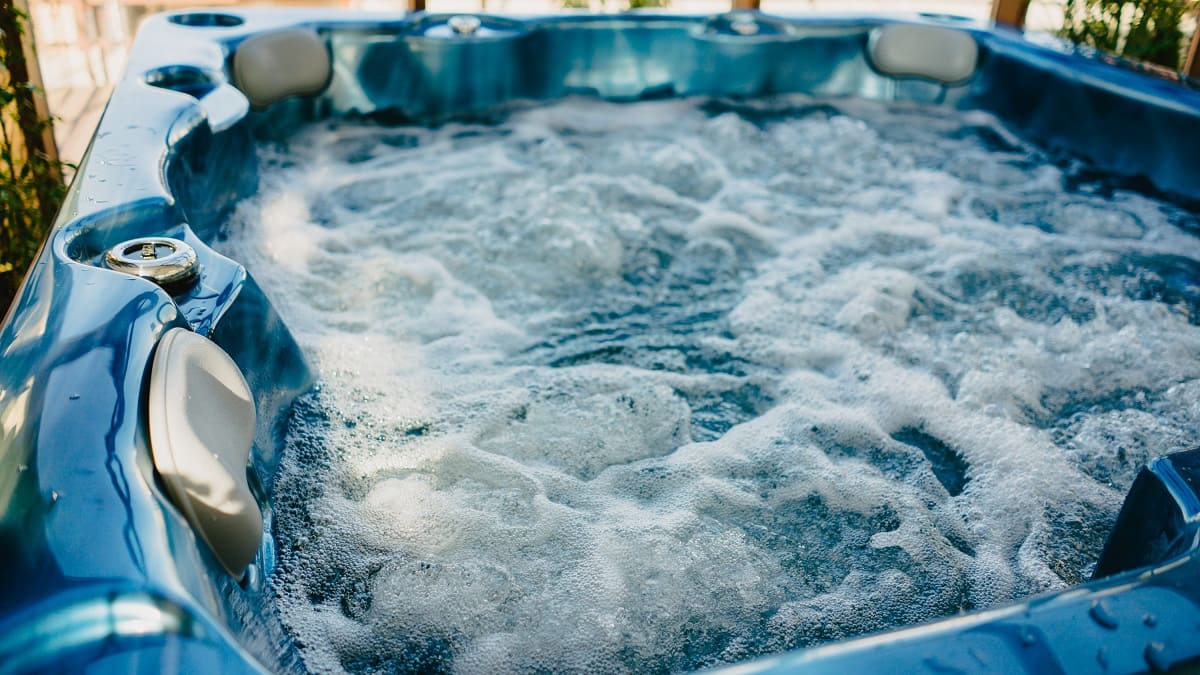

0 thoughts on “How Hot Does A Clothes Steamer Get”